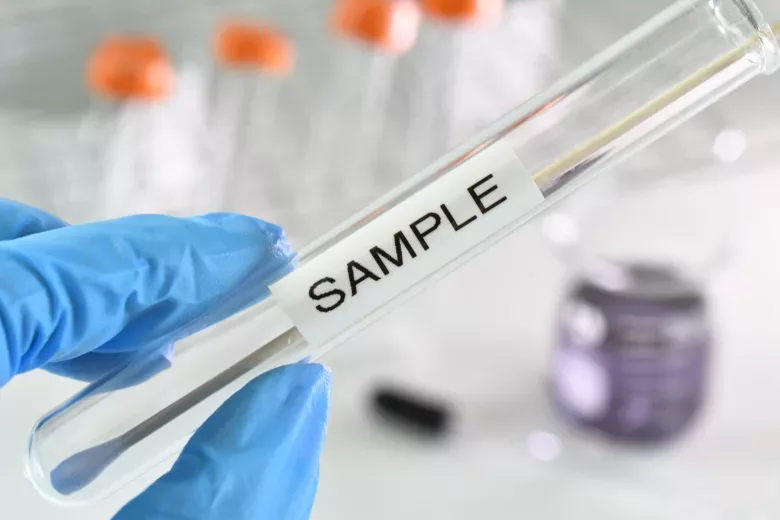The onslaught of Covid-19, followed by Monkeypox, has impaired the nation’s health. In addition, the CDC or Centers for Disease Control and Prevention has sounded alarm bells over the recent surge in Sexually Transmitted Diseases or STDs.
Recent statistics released by CDC show a rise in STDs from 2.4 million in 2020 to 2.5 million in 2021, an almost 4.4% increase. The infections range from Syphilis, Gonorrhea, and Chlamydia to HIV.
What the numbers say
- Gonorrhea saw an increase of 2.8% in the second year of the pandemic, mostly among men.
- Chlamydia rose by 3% in 2021 from an initial decline in 2020.
- A 16% rise in HIV and hepatitis, which is tracked separately, the highest in some areas of the US in the last decade, has health officials fearing missing the goal of ending the disease by 2030.
- However, a staggering 26% surge in primary and secondary Syphilis in 2021 is the most threatening of the lot. According to David Harvey, executive director of the National Coalition of STD Directors, the numbers are the highest ever recorded since President Truman’s tenure in the 1940s. This, when compared to the 7% increase in 2019-20, paints a grim picture.
- Rates of congenital Syphilis (babies contracting the disease in the womb) climbed 24%, with over 2,600 babies born with the disease in 2021 itself.
Probable Causes
Dr Leandro Mena, CDC STD Director, remarked in a recent conference, “There are many challenges, it’s a very complex problem”. It is imperative to secure present gaps to ensure lasting change. Factors contributing to the rising trend of STDs in 2021 include -:
- US health officials and advocates have pinned the blame on multiple factors, the foremost being the outbreak of Covid in the country. Scarce medical supplies, fear of contracting the virus, and the dipping economy resulted in fewer and fewer people getting tested.
- Stigmatization is the second most ruling factor.
- Decreased use of condoms led to more unprotected sex.
- Delayed diagnosis and treatment.
- Reduced screening due to lack of resources.
- Growing cases of drug use, primarily opioid and methamphetamine led to increased cases of needle sharing, especially among teenagers and young people.
- Diminished funding by the federal government to the cause of STIs (Sexually Transmitted Infections) has resulted in diagnostic centers practically running on birdseed. In addition, rigidity in using funds of HIV for STDs and vice versa have further complicated the problem.
- Considering demographic changes and inflation in the pandemic era, the financial power of the population at large was adversely affected. Consequently, buying health insurance was an expensive choice for many, as was visiting clinics for regular health check-ups.
- The outbreak of Monkeypox further exacerbated the already “out of control” situation. Medical facilities, staff, and funding reserved for STDs and HIV were diverted to tackle the breakout leaving gaping holes in STD prevention and testing.
What we can do
As Mena pointed out in a medical conference held in November 2022, “We must work collectively to rebuild, innovate, and expand STI prevention in the US”. Following are a few steps that can help stem the spread -:
- Systematic, flexible funding to the cause.
- Easy and affordable home test kits to ensure privacy.
- Increased accountability
- New innovations along with prevention plans to spread awareness among the public.
- Encourage talking about sex and STIs in classrooms.
- Sharing probable signs of STDs and prevention methods with the primary health giver and doctors.
- Broadening the spectrum of testing and in-person healthcare services.
Being aware is the first step to preventing STDs, and it starts with the individual. Normalize STD testing and put an end to the stigma attached to it. If questions like ‘how to get an STD test’ or ‘where to get tested for STD’ are plaguing you, Affordable Rapid Testing is the answer to all your worries. Head to their website to learn more about their reliable testing methods.


